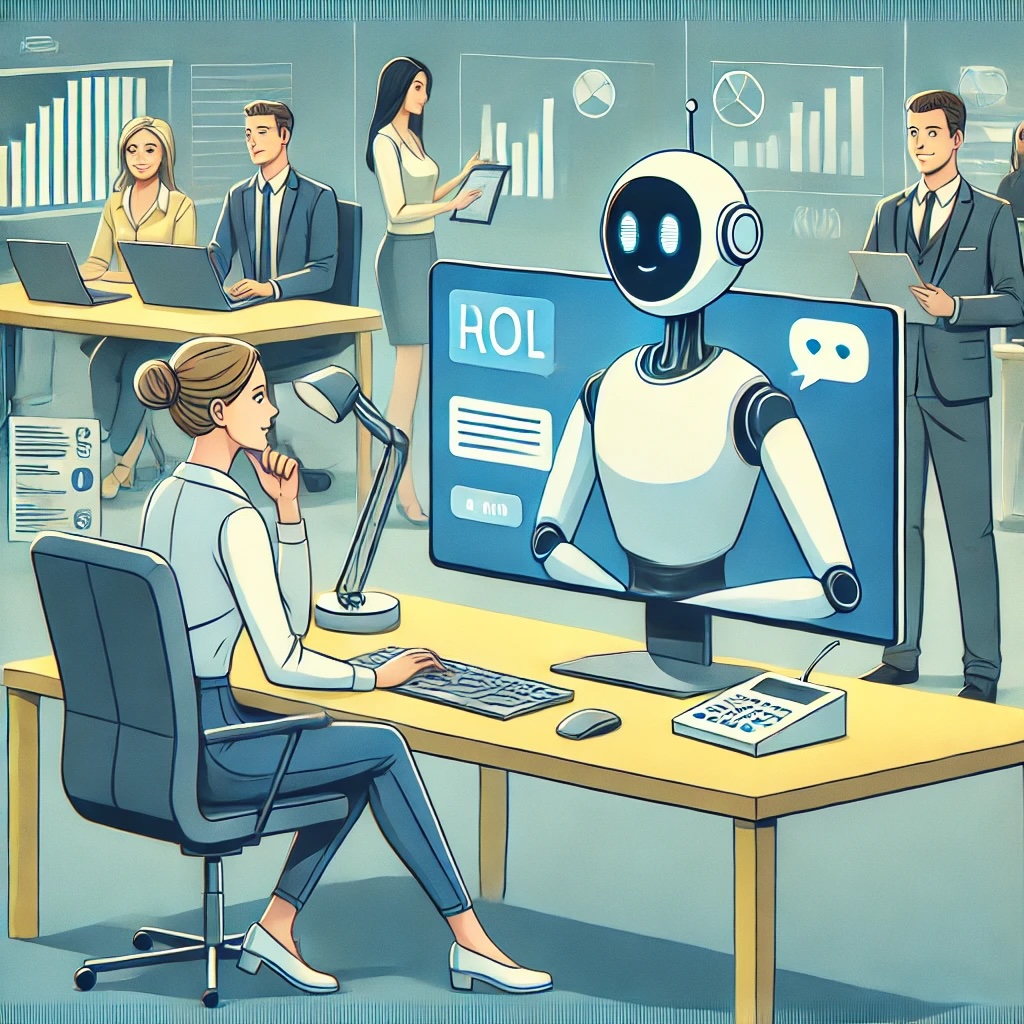Illuminating Insights:
Interfacing with AI and the Managerial Experience
By Anonymous

As technology continues to advance, the interaction between individuals and artificial intelligence (AI) becomes more common and complex. One intriguing parallel that has emerged from this dynamic is the resemblance between instructing AI and the experiences of managers guiding their teams. Both scenarios highlight the challenges and importance of clear, concise communication.
The Managerial Parallel
When interacting with AI, users often encounter a unique form of frustration: providing input and receiving output that is technically correct but not aligned with their intended meaning. This experience mirrors a common challenge faced by managers in the workplace. Managers must communicate their expectations and goals to their team members, only to find that the delivered results sometimes miss the mark. The similarities are striking and offer valuable insights into both realms.
The Importance of Clear Instructions
The key to successful interactions with AI, as with managing a team, lies in the clarity of the instructions given. Vague or ambiguous prompts can lead to misunderstandings and unsatisfactory outcomes. Just as managers need to articulate their expectations clearly to ensure their team members understand the tasks at hand, individuals must provide precise and detailed prompts to AI to achieve the desired results.
Learning from AI Interactions
Working with AI can serve as an enlightening exercise for improving communication skills. It forces individuals to think critically about how they frame their requests and how specific they need to be to achieve the intended outcome. This practice can be directly applicable to real-world scenarios where clear communication is crucial, such as project management, team leadership, and everyday interactions in the workplace.
Bridging the Gap
One of the significant benefits of refining communication skills through AI interactions is the potential for these skills to bridge gaps in understanding within teams. By learning to give clear and concise instructions to AI, individuals can transfer these skills to their managerial roles, leading to more effective leadership and improved team performance. The clarity in communication reduces the chances of misinterpretation and increases the likelihood of achieving the desired outcomes.
Practical Applications
The practice of providing clear instructions to AI can be applied in various practical contexts. For example, in project management, clearly defining tasks and expectations can ensure that team members are aligned and understand their responsibilities. In customer service, precise communication can lead to better problem resolution and customer satisfaction. The skills developed through AI interactions can enhance overall efficiency and effectiveness in professional settings.
Conclusion
Interfacing with AI offers a unique and illuminating perspective on the challenges of communication and management. The frustration of receiving correct but misaligned output from AI mirrors the experiences of managers guiding their teams. By focusing on clear and concise instructions, individuals can improve their interactions with both AI and human team members, leading to better outcomes and enhanced communication skills. Embracing this learning opportunity can have lasting benefits in both the digital and real-world environments.
Note: The views expressed in this article are personal opinions and do not represent any specific stance.